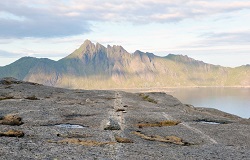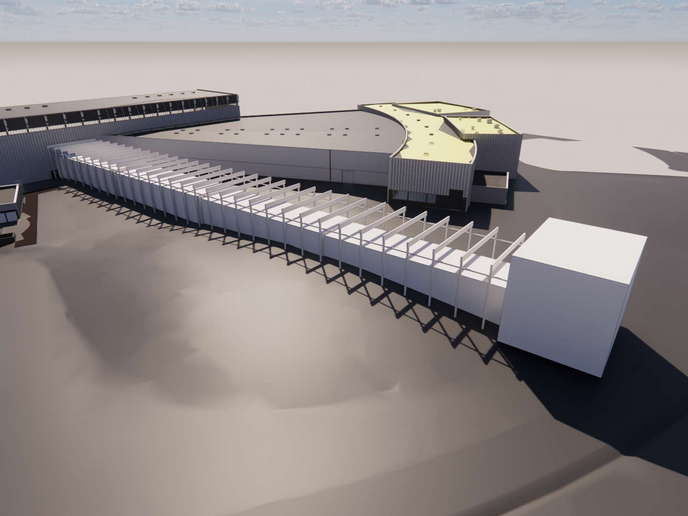Understanding earthquakes
Understanding more about the earth’s mechanics could help us predict earthquakes in active zones, such as the San Andreas fault in California. ‘We know some of the largest earthquakes are initiated in the lower crust and to understand these potentially devastating events, we need to probe what is going on there,’ says Luca Menegon from Plymouth University. In 2013, he was awarded a four-year Marie Curie Career Integration Grant to explore this area. The EVOCOS project has analysed features in earth’s current surface geology that might hold the answers to what is going on deep inside. Menegon explains that below the top 10-20km of the Earth the crust is hotter. Here there are regions where tiny amounts of water allow the rocks to slowly and steadily flow viscously. But in dryer areas the rock becomes stiffer and stresses can build up and it’s here that earthquakes can start. But how do you study processes going on more than 20km below the earth’s surface? ‘The project has used natural high-strain zones that formed at lower crustal conditions, and then subsequently lifted to the Earth’s surface during mountain formation. They provide a snapshot of geological processes that took place in the lower crust,’ says Menegon. These high-strain zones represent localized areas of intense geological deformation formed during the movement of the earth’s tectonic plates. Menegon analysed samples of such rocks, found in northern Norway and from the Italian Alps, that could provide clues to the type of processes that lead to earthquakes in the lower crust. Using electron microscopy and chemical composition analysis of these rocks, Menegon was able to calculate the stresses and deformation rates experienced by the high-strain zone rocks samples. He also derived the temperature and pressure of their formation, confirming that they indeed represent preserved examples of lower crustal deformation zones. This was combined with infra-red spectroscopy and ion microprobe analysis which provided information on the water content. Menegon was able to characterise the rocks found in high-strain zones in the lower crust as ultrafine-grained, which partly explains why the high-strain zones are weak and prone to deformation. The small grains can slide along their grain boundaries; a mechanism called ‘grain size sensitive creep’. He also discovered the presence of pseudotachylyte veins in the regions where these rocks were found. These are melted rock veins that are produced during seismic slips, and are considered ‘scars’ of past earthquakes. ‘Using these techniques we were able to demonstrate that earthquakes occurred at depths greater than 20 km where dry and rigid regions had formed,’ explains Menegon. ‘The rock could flow viscously only after such deep earthquakes occurred and led to reduced grain size in the rocks. This subsequently makes the rock prone to undergo grain size sensitive creep, which can be seen in samples we analysed’. Menegon plans to continue to study earthquake scars to understand more about the seismological behaviour of the earth’s lower crust and the earthquakes that occur there. ‘Ultimately, this will help us understand processes occurring within currently active faults in modern earthquake zones,’ he says.







